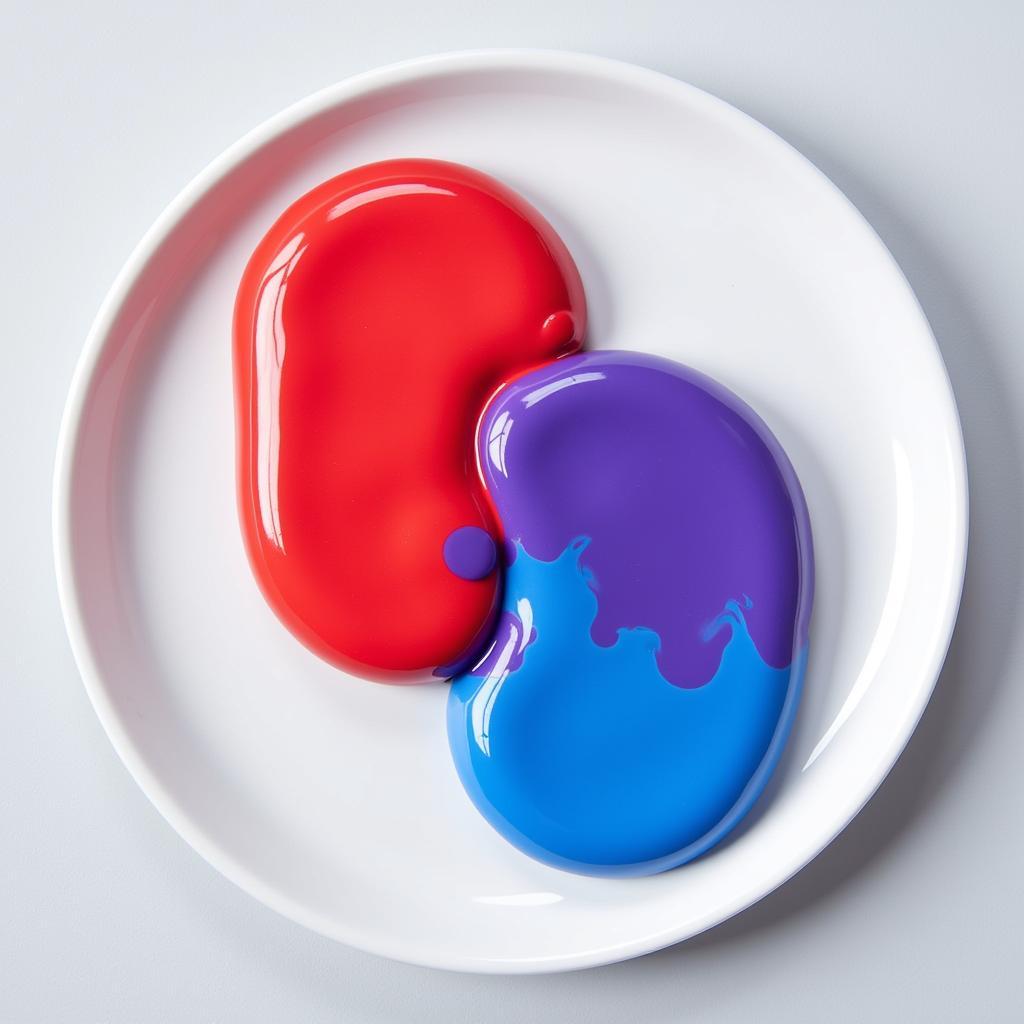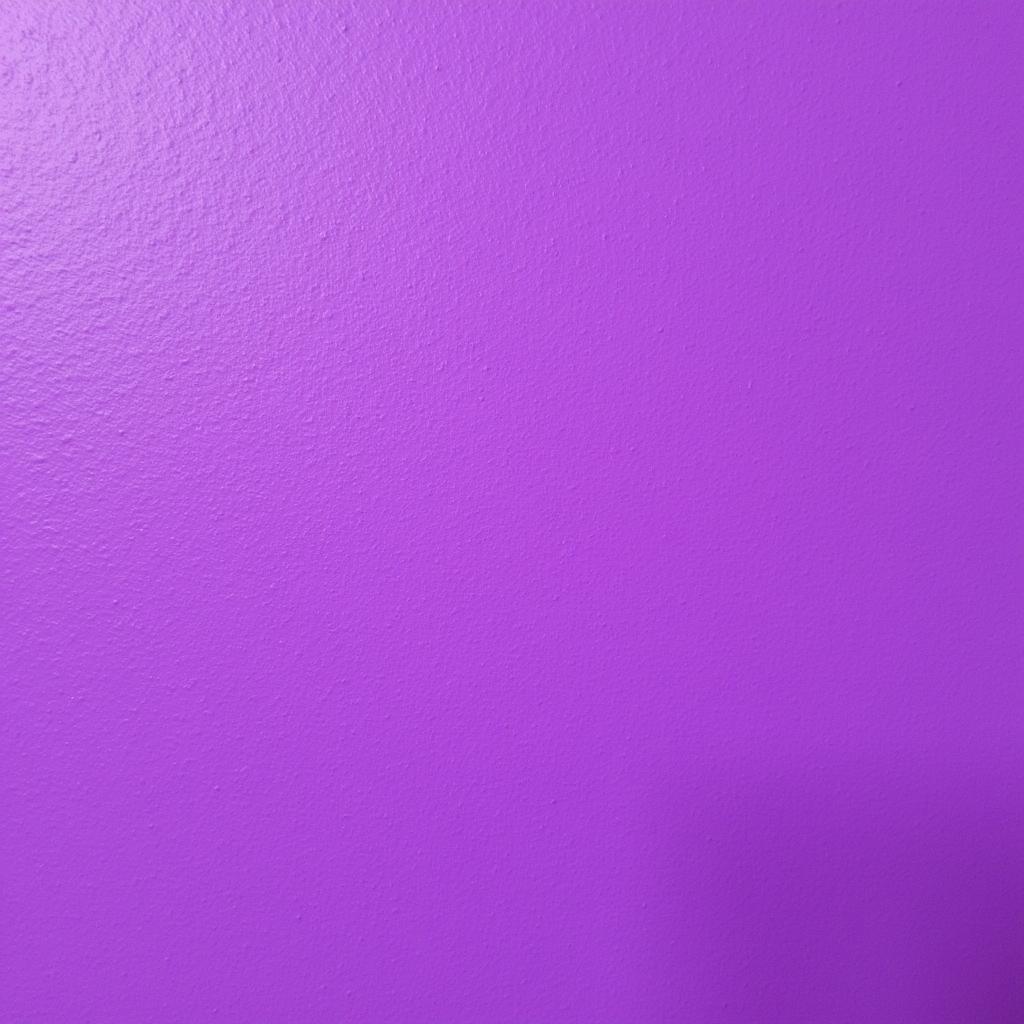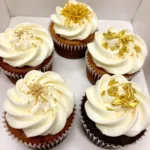What 2 colors make purple? This age-old question has captivated artists, designers, and curious minds for centuries. Understanding the magic behind creating this regal hue opens a world of possibilities for artistic expression and practical applications, from painting a masterpiece to choosing the perfect wall color. Let’s delve into the fascinating world of color mixing and uncover the secrets of purple.
 Mixing Red and Blue to Create Purple
Mixing Red and Blue to Create Purple
The Foundation of Purple: Red and Blue
The simplest answer to “what 2 colors make purple” is red and blue. These two primary colors, when combined, create the secondary color purple. However, the specific shade of purple achieved depends on several factors, including:
- The ratio of red to blue: More red results in a warmer, reddish-purple, while more blue leads to a cooler, bluish-purple.
- The type of red and blue used: Different pigments or dyes can have subtle variations that influence the final purple hue. For example, a crimson red mixed with ultramarine blue will produce a different purple than mixing a scarlet red with a cerulean blue. what 2 primary colors make purple helps you understand this concept further.
- The medium used: Whether you’re mixing paints, inks, or digital colors, the medium itself can impact the final color.
Exploring the Purple Spectrum: Beyond the Basics
While red and blue form the base of purple, the spectrum of purple hues is vast and varied. By adding white, black, or other colors, you can create a wide array of purples, each with its unique character.
Lightening and Darkening Purple
- Adding white: Adding white to purple creates lighter tints, such as lavender and lilac. These softer shades evoke feelings of tranquility and delicacy.
- Adding black: Adding black to purple creates darker shades, such as violet and eggplant. These deeper hues convey a sense of mystery and sophistication. how to mix water colors offers helpful advice on controlling the lightness and darkness of your mixed colors.
Expanding the Purple Palette: Adding Other Colors
- Adding yellow: While seemingly counterintuitive, adding small amounts of yellow can create interesting muted purples, shifting the hue towards brown or gray.
- Adding pink: Combining pink and blue also results in purple, though it often leans towards a lighter, pastel shade. what color does pink and blue make when mixed delves deeper into this specific combination.
“Achieving the perfect purple is all about understanding the interplay of colors and how they influence each other. Don’t be afraid to experiment and explore the vast possibilities!” – Amelia Dubois, Color Specialist at Color Box Hanoi
Practical Applications of Purple Mixing
Knowing how to mix purple has practical applications in various fields:
- Painting and Decorating: Mixing custom purple shades allows for personalized wall colors and artistic expression. what color is obsidian purple in hex provides insight into specific digital color codes for purple.
- Textile Dyeing: Creating unique purple dyes offers opportunities for custom clothing and textile design.
- Food Coloring: Mixing food coloring to achieve specific purple shades is essential for cake decorating and other culinary arts. how to make light purple food coloring provides practical guidance for culinary applications.
- Digital Design: Understanding color mixing principles is crucial for graphic designers and web developers working with digital color palettes.
 Purple Paint on a Wall
Purple Paint on a Wall
“Color is a powerful tool that can transform any space. Understanding how to create and utilize different shades of purple allows you to curate the perfect atmosphere and express your unique style.” – Vincent Nguyen, Interior Designer at Color Box Hanoi
Conclusion: Mastering the Art of Purple
Understanding what 2 colors make purple is just the beginning. By experimenting with different ratios, pigments, and mediums, you can unlock a vast spectrum of purple hues and create truly unique and captivating color palettes. Embrace the power of color and let your creativity flourish!
FAQs
-
Can I make purple with other colors besides red and blue? While red and blue are the primary colors for creating purple, you can also achieve purple hues by mixing pink and blue.
-
What is the difference between violet and purple? Violet is a spectral color, meaning it is found on the visible light spectrum, while purple is a non-spectral color created by mixing red and blue.
-
How can I make a lighter purple? Add white to your purple mixture to create lighter tints like lavender and lilac.
-
How can I make a darker purple? Add black to your purple mixture to create darker shades like violet and eggplant.
-
What happens if I add yellow to purple? Adding yellow can create muted purples, shifting the hue towards brown or gray.
-
What are some common uses for purple dye? Purple dye is used in textiles, clothing, and even food coloring.
-
What is the hex code for a true purple? #800080 is often considered the hex code for a true purple.
Need support? Contact us 24/7 at Phone Number: 0373298888, Email: [email protected] or visit our address: 86 Cau Giay, Hanoi.

